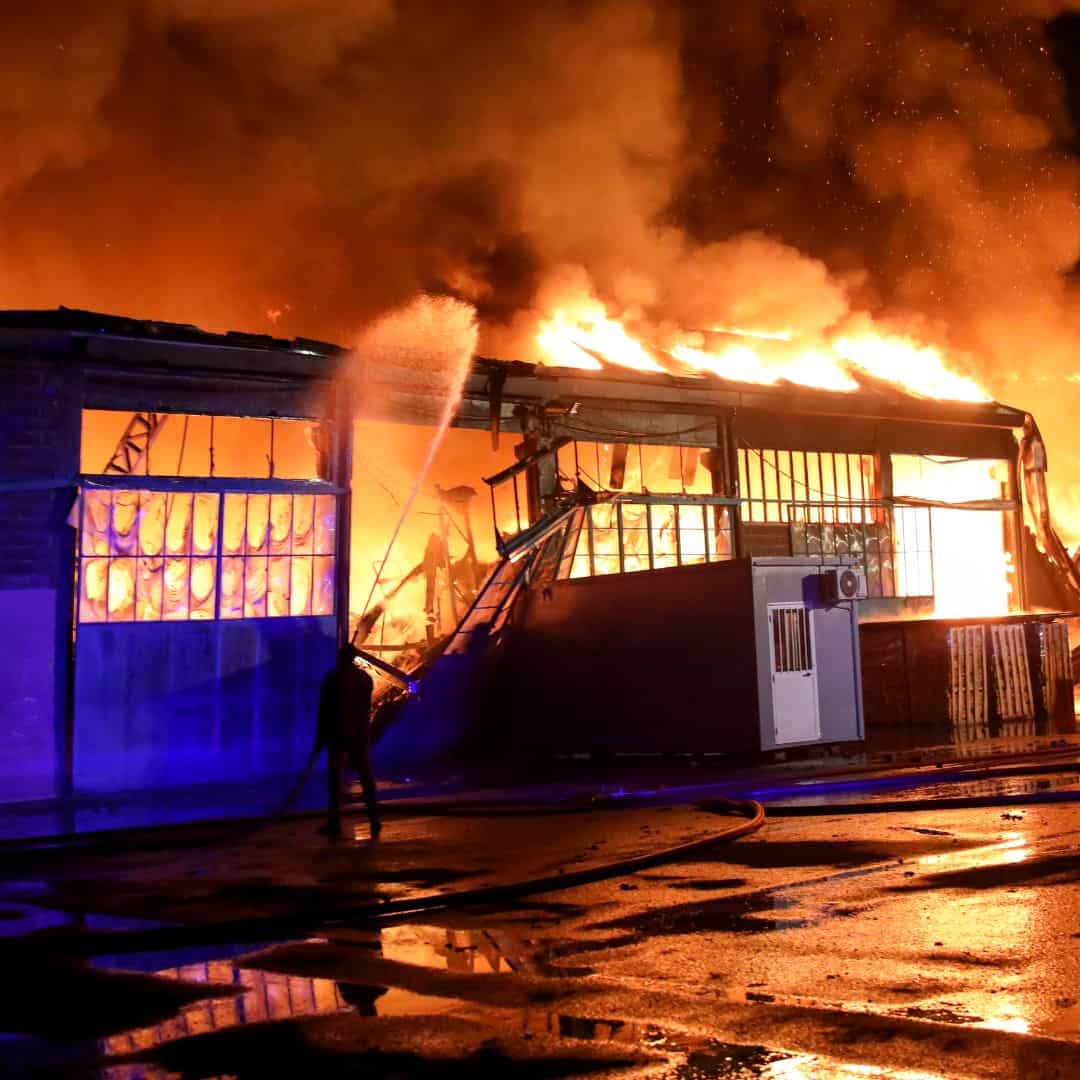5 ways to prevent fire in a warehouse or factory

Fire can be utterly devastating to a business and put its employees at serious risk. And while fire is certainly a potential problem for all working environments it poses more of a threat in a factory or warehouse. Here, fire poses not only a risk to business assets but also to workers’ lives.
There are hundreds of accidents and lapses in judgement that can lead to a fire. From the more obvious such as arson and electric faults, the improper use of equipment, and even chemical spillages.
To mitigate these risks somewhat, here are what we feel are the five things all warehouse and factory owners should be doing.
- Carry out assessments
A fire risk assessment should be carried out either every six months or whenever there have been any major changes to the premises. This will include not only an overview of the potential hazards but a breakdown of all training required and how to reduce the exposed risks. All equipment, meanwhile, should undergo PAT testing to ensure its inadequate condition.
- Maintain your equipment
All machinery should be checked over daily to ensure there are no faults that could lead to a fire. This is particularly true of more complicated mechanical equipment. Fire extinguishers should also be maintained regularly. Ensure you have the right class of extinguishers installed and that they are in working order. If you have a sprinkler system you should also make every attempt to check it’s operational without damaging any equipment.
- Fire alarms
It should go without saying that a busy and dangerous workplace like a factory floor should have a fire alarm installed but the alarm in question needs to be far more durable than the standard alarms found in domestic homes. A high-end fire alarm system will be able to integrate with your building so it can potentially interfere with gas valves, lighting and air conditioning if required.
- Fire doors and signage
Fire doors have been proven to slow the spread of smoke and fire and they also protect evacuation routes for employees. Fire signs, meanwhile, can be used to highlight dangers and give directions in the event of a fire. Installing emergency lighting to kick in during an emergency can also help to save lives by illuminating safe exit routes.
- Training
Of course, arguably the most important preventative measure is fire safety training. You should always have a competent fire warden on staff and ensure that all other staff are aware of all fire prevention procedures.
